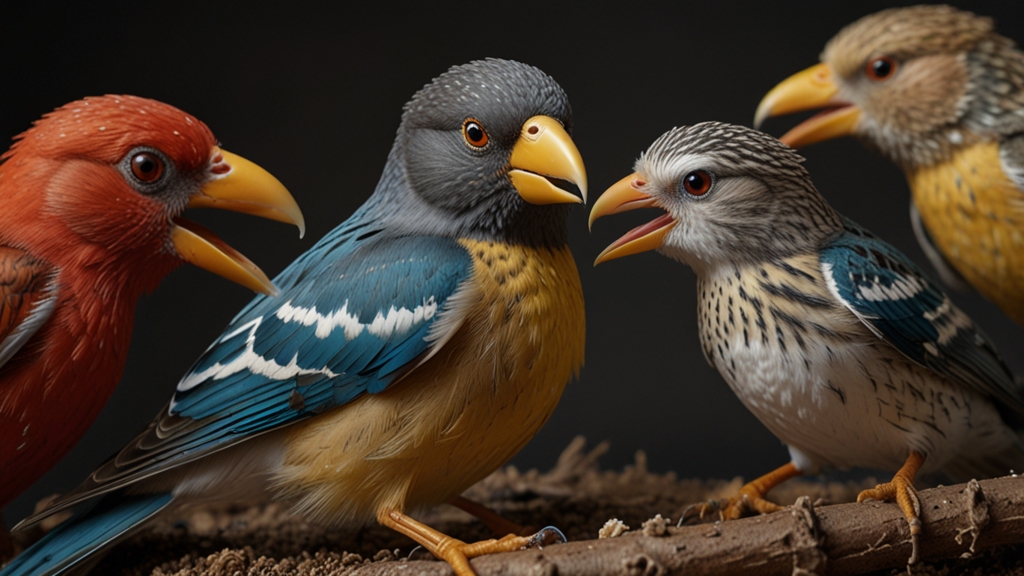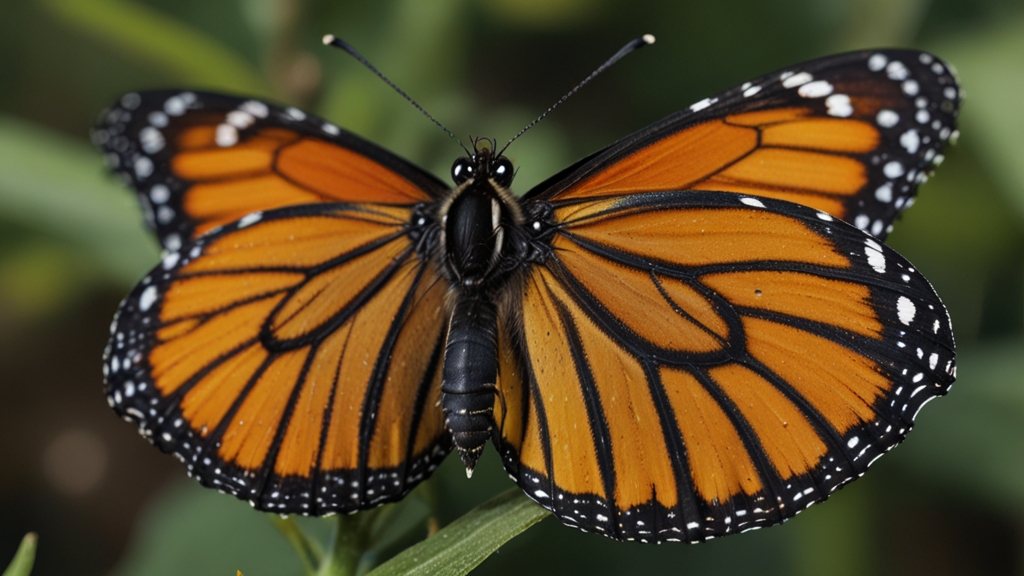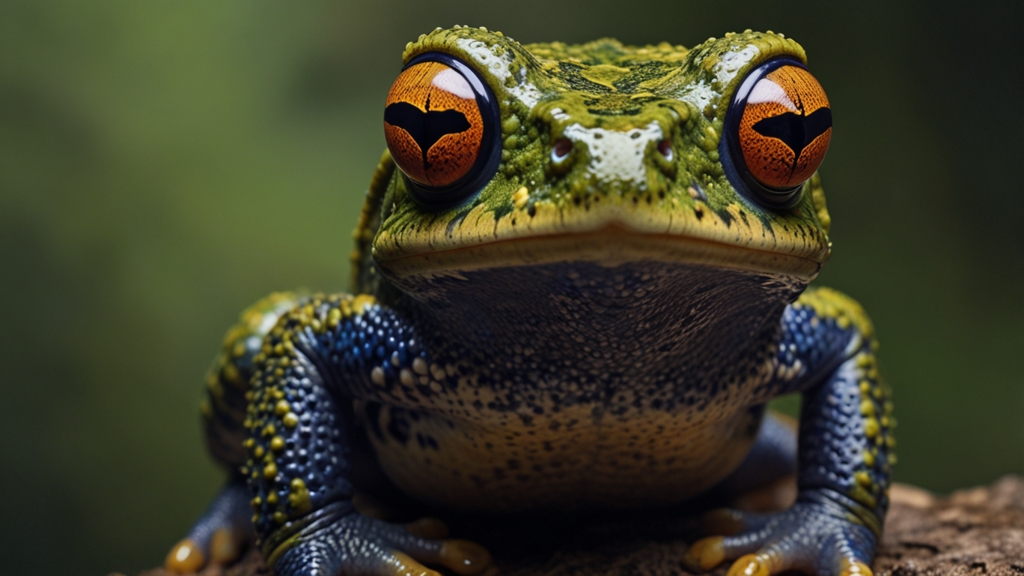Birds with Bizarre Feeding Habits You Won't Believe Your Eyes
Birdwatching is an engrossing hobby for many, but even veteran ornithologists might be taken aback by the unique feeding habits of some avian species. Nature never ceases to amaze us with its diversity, and this couldn't be more true when it comes to the peculiar ways certain birds hunt, forage, and eat. Here, we uncover some of the most extraordinary and downright bizarre feeding habits that may leave you astounded.
1. The Ever-Stylish Red Crossbill
The Red Crossbill (Loxia curvirostra) has a trademark feature that immediately sets it apart—the crisscrossing tips of its beak. This odd adaptation is not just for show; it is perfectly designed to extract seeds from conifer cones. By inserting its specially adapted beak between the scales of a cone and then opening it, the Red Crossbill can leverage the scales apart and access the seeds inside. This meticulous technique is a prime example of nature's ingenuity.
2. Bearded Vultures: The Ossuaries of the Sky
Also known as the Lammergeier (Gypaetus barbatus), the Bearded Vulture has one of the most unique diets in the avian world. These birds predominantly consume bones. Yes, you read that correctly—bones. They will pick up bones with their beaks, fly to great heights, and then drop them onto rocks to shatter them into smaller, more digestible pieces. The powerful stomach acids of the Bearded Vulture can then dissolve the bones, allowing them to derive the highly nutritious marrow within.
“The Bearded Vulture is the only vertebrate whose diet is almost exclusively bone marrow.” – Avian Biologist, Dr. James Arnold
3. Woodpecker Finch: Nature's Tool User
Native to the Galápagos Islands, the Woodpecker Finch (Camarhynchus pallidus) showcases another astounding feeding strategy. These birds use tools to feed themselves. They will take a cactus spine or twig and use it to pry insects and larvae out of tree bark or other crevices. This behavior is not only fascinating but also highlights the cognitive capabilities of some bird species.
4. Hoatzin: The Leaf-Eating Relic
The Hoatzin (Opisthocomus hoazin) of South America is perhaps one of the most bizarre birds in terms of diet and physiology. Often referred to as the "stinkbird" because of its strong odor, the Hoatzin is unique in that it has a digestive system more akin to that of a cow. It consumes a diet primarily composed of leaves, and its enlarged crop acts like a fermentation chamber where bacteria break down the cellulose. The fermentation process is responsible for its distinctive smell.
“The Hoatzin is the only bird known to use foregut fermentation like ruminants.” – Ornithologist, Dr. Linda Collins
5. Skua: The Pirate of the Seaside
Skuas are formidable seabirds known for their aggressive behavior and piratical feeding habits. They often chase other birds, such as gulls and terns, forcing them to regurgitate their food, which the skuas then snatch mid-air. Opportunistic to the core, skuas also scavenge and even hunt smaller birds, making them the pirates of the avian world.
6. Secretary Bird: The Snake Slayer
With its long legs and striking appearance, the Secretary Bird (Sagittarius serpentarius) is an efficient predator, particularly renowned for its snake-hunting prowess. These birds stomp their prey to death with powerful kicks, a feeding habit unique among birds of prey. The Secretary Bird's diet isn't limited to snakes; it includes insects, small mammals, and other reptiles, but its snake-hunting technique is what sets it apart.
Conclusion
The natural world is full of surprises, and the feeding habits of birds are a testament to the incredible adaptability and evolutionary creativity found in nature. From the bone-crushing Bearded Vulture to the tool-using Woodpecker Finch, these bizarre feeding habits highlight the marvels of avian diversity. So, the next time you find yourself watching birds, keep an eye out—you might just witness something truly extraordinary.











